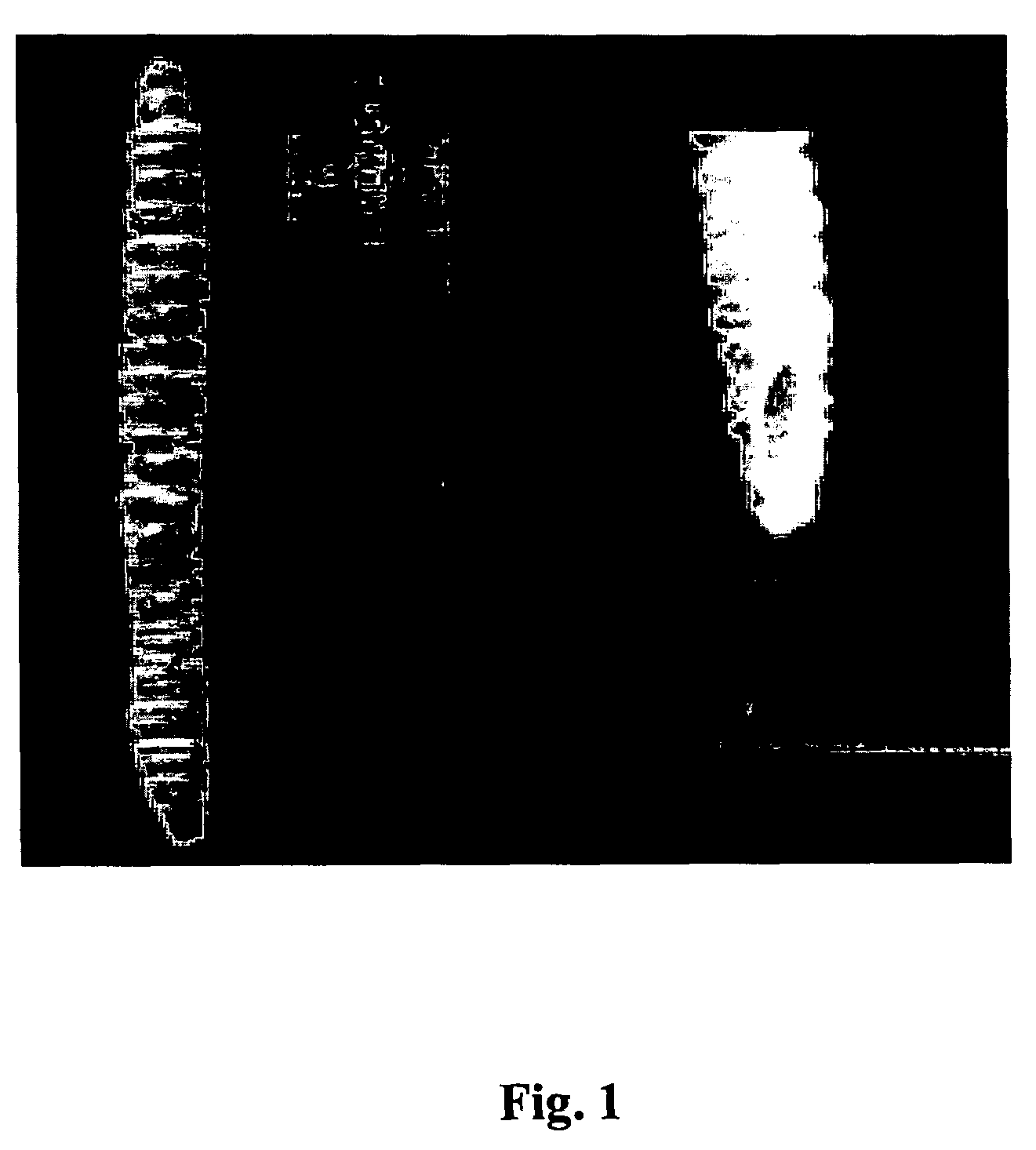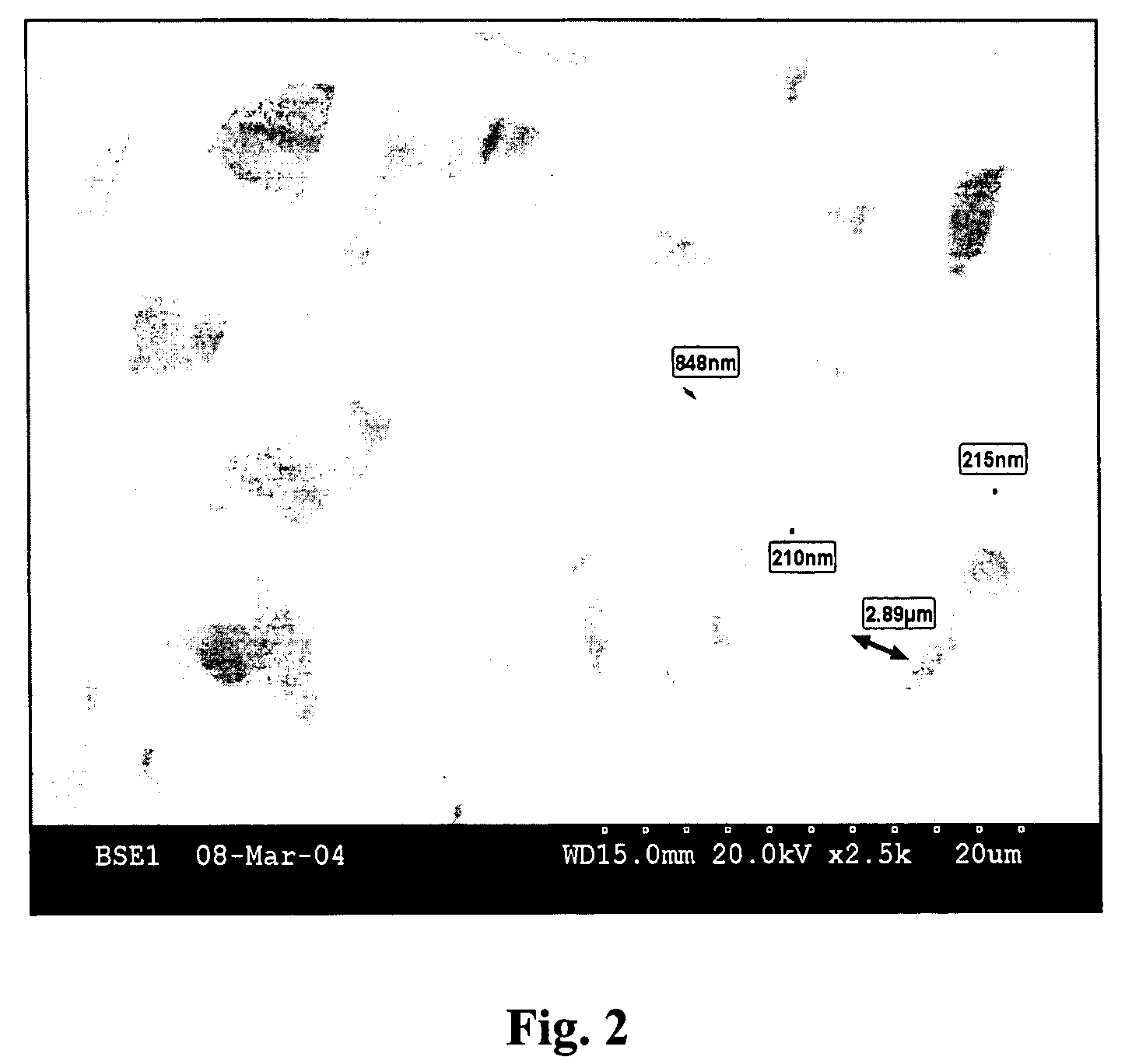Nanofibrous biocomposite prosthetic vascular graft
a biocomposite, prosthetic technology, applied in the field of vascular prosthesis, can solve the problems of graft failure, difficult suture into proper place, and difficult handling of graft materials, and achieve the effect of improving the stability of the graft, improving the vascular vascular vascular vascular vascular vascular vascular vascular vascular vascular vascular vascular vascular vascular vascular vascular vascular vascular vascular vascular vascular vascular vascular vascular vascular vascular vascular vascular
- Summary
- Abstract
- Description
- Claims
- Application Information
AI Technical Summary
Benefits of technology
Problems solved by technology
Method used
Image
Examples
Embodiment Construction
I. The Subject Matter of the Present Invention as a Whole
[0085]The present invention comprises a bioactive, small-diameter (typically less than 6 mm in internal diameter) nanofibrous vascular graft prosthesis which is preferably manufactured using an unique electrospinning perfusion methodology. One preferred embodiment provides a nanofibrous biocomposite material which is formed as a discrete textile conduit from a prepared liquid admixture of DACRON polyester, a biodurable synthetic polymer; Type IV collagen, an extracellular matrix protein; and a liquid organic carrier. The prepared liquid admixture and fluid blending of diverse matter is employed in a novel electrospinning perfusion process to form a small-diameter (less than 6 mm inner channel) fabricated textile conduit, which in turn, serves as the antecedent precursor and tangible workpiece for subsequently making the prosthetic vascular graft construct.
[0086]In this manner therefore, after the biocomposite textile conduit h...
PUM
| Property | Measurement | Unit |
|---|---|---|
| diameter | aaaaa | aaaaa |
| diameter | aaaaa | aaaaa |
| diameter | aaaaa | aaaaa |
Abstract
Description
Claims
Application Information
 Login to View More
Login to View More - R&D
- Intellectual Property
- Life Sciences
- Materials
- Tech Scout
- Unparalleled Data Quality
- Higher Quality Content
- 60% Fewer Hallucinations
Browse by: Latest US Patents, China's latest patents, Technical Efficacy Thesaurus, Application Domain, Technology Topic, Popular Technical Reports.
© 2025 PatSnap. All rights reserved.Legal|Privacy policy|Modern Slavery Act Transparency Statement|Sitemap|About US| Contact US: help@patsnap.com



